Kevin Eastman, co-creator of the Teenage Mutant Ninja Turtles, delivered a career retrospective Sunday at this year’s American Library Association (ALA) Annual Conference in Washington, D.C., discussing everything from who his favorite Turtle is (Michelangelo) to how his love of reading began (at libraries) to next month’s release of The Last Ronin hardcover (which he called a culmination of 30-plus years of Turtles storytelling).
It was perhaps a fitting time for Kevin Eastman to take stock of his career journey. The Last Ronin is a five-issue miniseries from IDW Publishing, released between October 2020 and April 2022. Garnering much critical acclaim as well as sales success within the direct market, The Last Ronin essentially details the final story of the Teenage Mutant Ninja Turtles. Its closest comparison is perhaps The Dark Knight Returns…only if it were centered on Old Man Michelangelo and steeped in the future of all things Turtles. The Last Ronin has a hardcover collection due next month, and at the ALA conference, Eastman shared some background and insights about making of the book.
Specifically, he detailed how it was built from an outline he and Turtles co-creator Peter Laird wrote more than 30 years ago in 1987, near the start of the Teenage Mutant Ninja Turtles phenomenon. Since then it has sat mostly untouched as the Turtles conquered television, movies, and the toy market, all under the direct supervision of Eastman and Laird, who maintained creative control of their creations until 2010, when they sold the rights to Viacom and Nickelodeon.
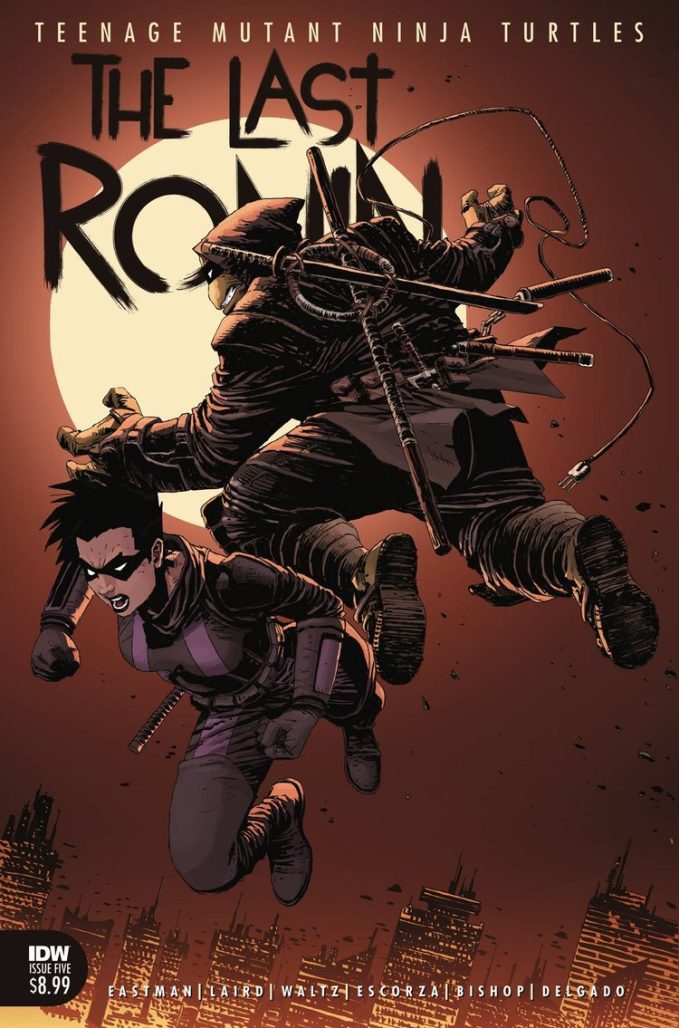
At the ALA event, Eastman recalled feeling as if his time with the Turtles was done with that sale. Then the new owners began to make new Turtles content, which was met with success.
“The sales were still there,” Eastman said, “the fans were still there. It had now become generational.”
At the same time, San Diego-based IDW Publishing had then acquired the rights to Teenage Mutant Ninja Turtles comics, and Eastman was friendly with the publisher. They invited him to work on new Turtles comics, and in January 2012, Eastman and co-writer Tom Waltz re-launched the Turtles with artist Dan Duncan, complete with a new #1 issue. Eastman stayed involved with the series for the next 100 issues, before the duo stepped away and passed the creative lead to cartoonist Sophie Campbell as of Teenage Mutant Ninja Turtles #100. At the same time, Eastman recalled having the idea to revisit the outline from 1987. With Peter Laird’s blessing (Laird is now retired), Eastman and Waltz moved forward with doing The Last Ronin comic. And that’s the hardcover now due out next month, illustrated by Mexican artists Esau Escorza and Issac Escorza, with colors by Luis Antonio Delgado and Ronda Pattinson, letters by Shawn Lee, and a flashback sequence by Ben Bishop.
“It was the most challenging thing I’d ever done, but also the most rewarding. It was a 33-year or 34-year journey, and it is now complete,” Eastman said, noting that finishing the fifth issue brought a mixture of “great relief and a little bit of sadness.”
This all made for a very touching panel to attend, to be sure, one in which Eastman also detailed the trajectory of his career from the very start. For those previously unfamiliar (a group that includes myself), Kevin Eastman grew up in a small town in Maine, first experiencing books with illustrations through his school library before finding the spinner rack of comics at his local drug store.
Eastman moved to Massachusetts after high school, which was where he met Turtles co-creator Peter Laird, after finding a comic book on the floor of the bus while on his way home from work at a pizza restaurant (fitting), contacting the artists, and being put in touch with Laird because the two shared similar interests and an idolization of Jack Kirby.
Eastman’s spotlight was loaded with a career’s worth of anecdotes and insights. For instance, the Turtles themselves were created as a joke between Eastman and Laird while they were sharing a house together and working on other comics.
“I asked, if Bruce Lee was an animal, what would be the stupidest animal he could be?” Eastman recalled. “It was something I was trying to do to make [Laird] laugh. Slow-moving turtle, fast-moving martial artist.”
He drew a sketch of a turtle with a mask and nunchucks and gave it to Laird, who did indeed laugh, which quickly become the barometer for working on this project — if it made one of them laugh, they did it. This included adding more Turtles; borrowing heavily from Daredevil with naming the mentor Splinter rather than Stick, and the enemies The Foot rather than The Hand (they borrowed freely, Eastman said, because they expected no one to ever read it); and naming the Turtles for one of Eastman’s other obsessions, art history.
Speaking of which, Eastman said that Donatello’s name was decided after a two-week debate in which the character was very nearly almost named Bernini, after the sculptor. The duo then became basically the self-publishing ideal, printing 3,000 copies of the first-ever Teenage Mutant Ninja Turtles comic, selling all of them, and then finding orders for five times as many of the second issue. They quit their jobs at that point and didn’t look back.
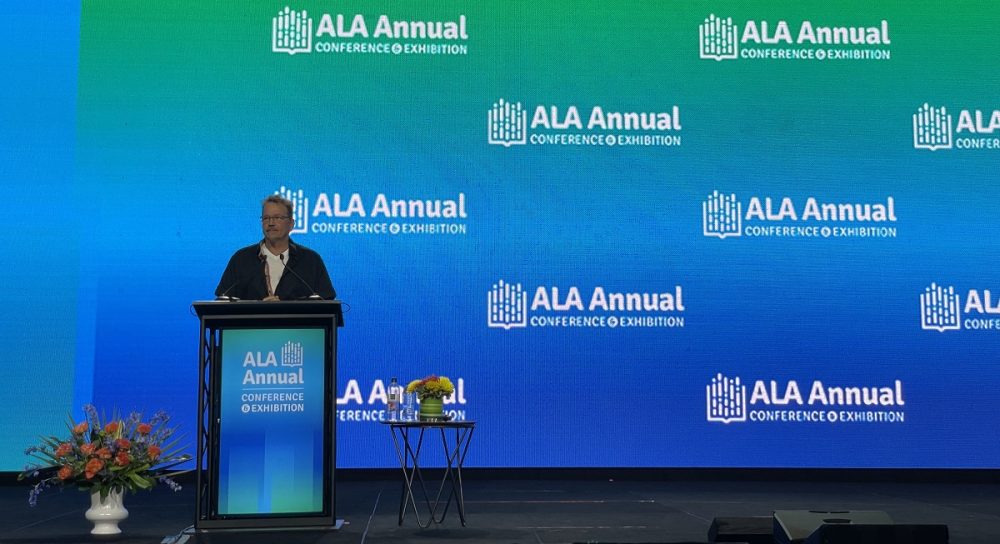
Along the way, they had surreal moments, Eastman recalled, such as being in a Kay-Bee Toys and overhearing a mother telling a distraught child, “No, I will not buy you one of those stupid Turtle figures.” That’s when Eastman knew their creations had made it.
Another interesting part of the panel was Eastman’s steady and consistent admiration for Kirby, to whom he attributed his entire career, even the interest in mutant animals, which he connected to Kirby’s Kamandi. Eastman described a Turtles/Kamandi crossover as “a bucket list item,” and said he’d even previously discussed it with former DC Comics publisher, Dan Didio, who had told him at the time, nobody knows who Kamandi is, let’s do Turtles and Batman. Eastman immediately said yes to that, and the result was three much-loved miniseries from writer James Tynion and artist Freddie Williams II (plus arguably the most meme-able panel of the past 20 years).
The talk came full circle, however, when Eastman wrapped up with a deep and sincere thank you to the librarians in attendance, noting that he didn’t go to a bookstore until after high school (due to the small town in Maine upbringing), instead falling in love with reading and illustrated storytelling at the library.
“If it wasn’t for material in libraries, things would have been different for me. My house is dedicated to every librarian out there today,” Eastman said, “because my house is full of books.”


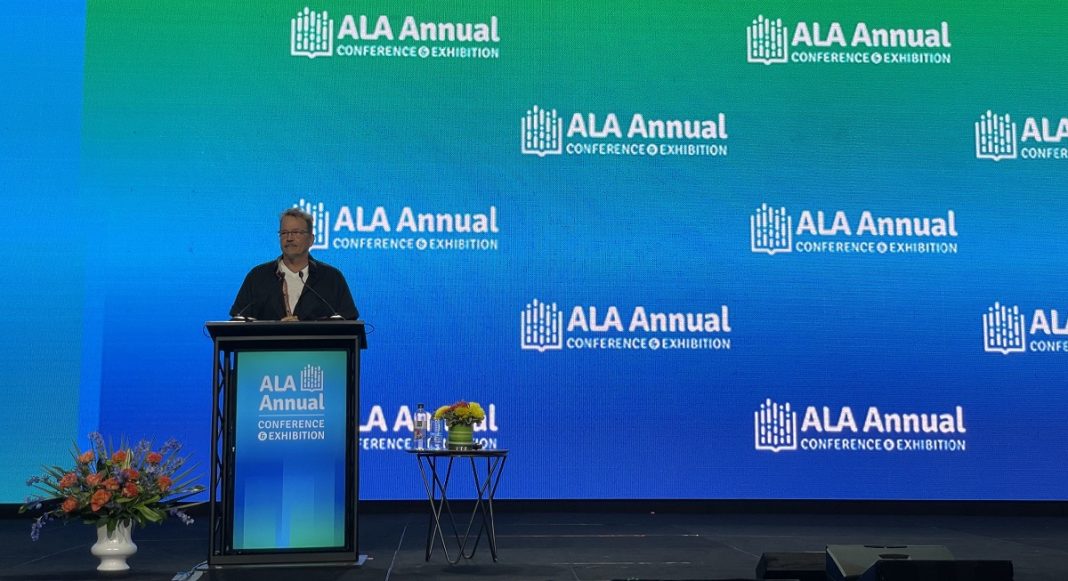
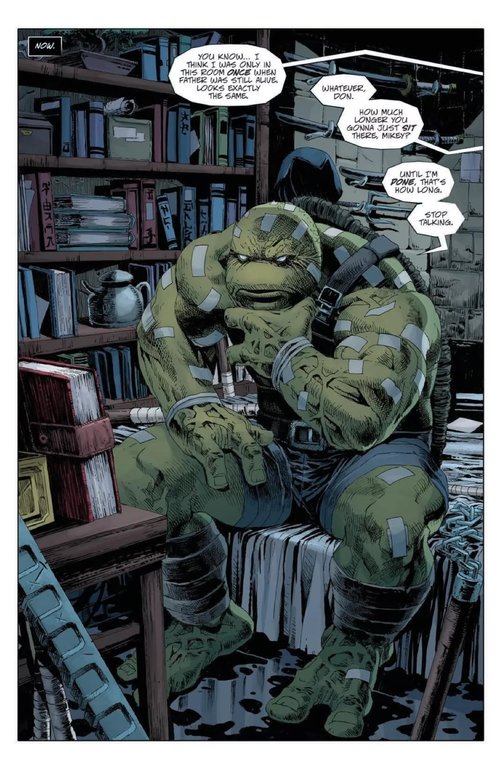

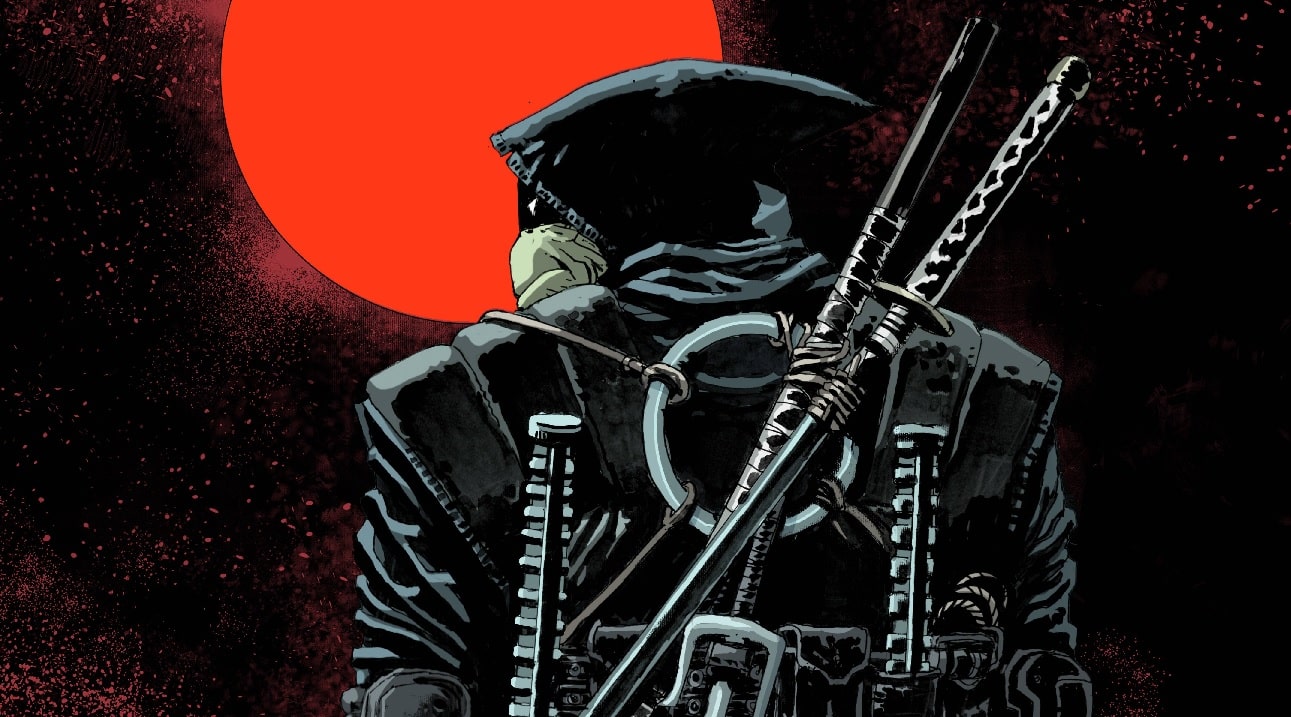





Great! I love TMNT! I wonder if this will get adapted to an animated cartoon or movie(s)?
Comments are closed.